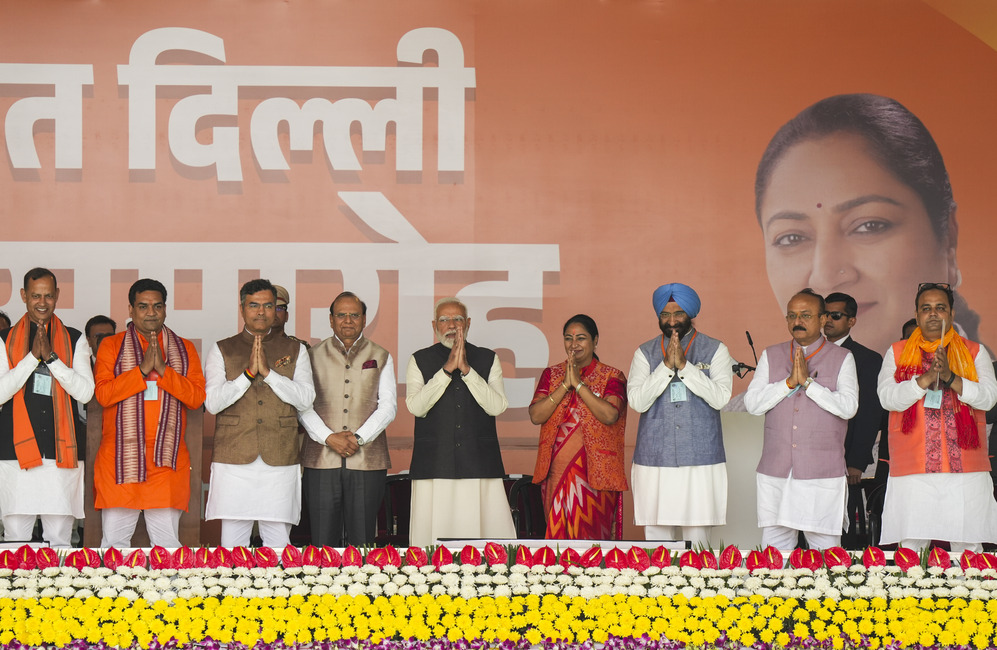
Finally, the BJP stormed AAP’s bastion in Delhi with a combination of strong groundwork and clever campaigning. Also, Kejriwal’s name cropping up in the alleged liquor scam and having some of AAP’s senior leadership locked up in jail for months hardly helped the incumbent part
After almost 27 years, the BJP returned to power in Delhi with 48 seats, defeating the Aam Aadmi Party (AAP) in a challenging electoral battle. The party’s victory is historic because Delhi was the only region in the entire Hindi belt where the BJP had suffered severe defeats in the past two assembly elections.
The Aam Aadmi Party came to power riding on the purported anti-corruption movement but found itself embroiled in corruption charges. Chief Minister Arvind Kejriwal, along with top leaders like Manish Sisodia and Satyendar Jain, was jailed on corruption
charges for involvement in the alleged liquor scam.
Undoubtedly, AAP’s image was tarnished by the time the Delhi elections came around. Considering Delhi’s electoral pattern, where the BJP has won all seven Lok Sabha seats with massive margins since 2014 but kept losing to Kejriwal’s AAP overwhelmingly in the assembly polls, its success in the 2024 state elections wasn’t easy.
The BJP owes its victory to the efforts and political acumen of the Rashtriya Swayamsevak Sangh (RSS) and BJP workers. The strategy of entrusting the election campaign to grassroots workers of the Sangh
and the BJP paid handsome dividends and by polling date it was quite clear that AAP would be sitting in the opposition for the next five years. The Congress, which was once in power for 15 years, was nowhere in the race but it managed to cut into AAP votes in 13 seats, which went to the BJP, while it damaged the BJP in one constituency, which was won by AAP (see table).
While the BJP won 48 out of 70 seats and returned to power for the first time since 1998, AAP, which had dominated Delhi’s state politics for a decade, got reduced to 22 seats. This defeat will be hard for AAP to digest, as Arvind Kejriwal, its national convener and former chief minister, and former Deputy Chief Minister Manish Sisodia, along with top leaders like Saurabh Bharadwaj, Durgesh Pathak, and Rakhi Birla, lost their seats. AAP’s vote share saw a decline of nearly 10% compared to the previous election, while the Congress party failed to win a single seat for the third consecutive time, though its vote share increased marginally to 6.34% from 4.26% in 2020 (see chart). Before the elections, the BJP closely monitored AAP’s populist promises and countered them by releasing its manifesto, “Viksit Delhi Sankalp Patra”, in three parts. Once opposed to the politics of freebies, and identified 300,000 voters across 3,900 booths, making every effort to attract them. Party sources believe that 50% of these voters ultimately supported the BJP.



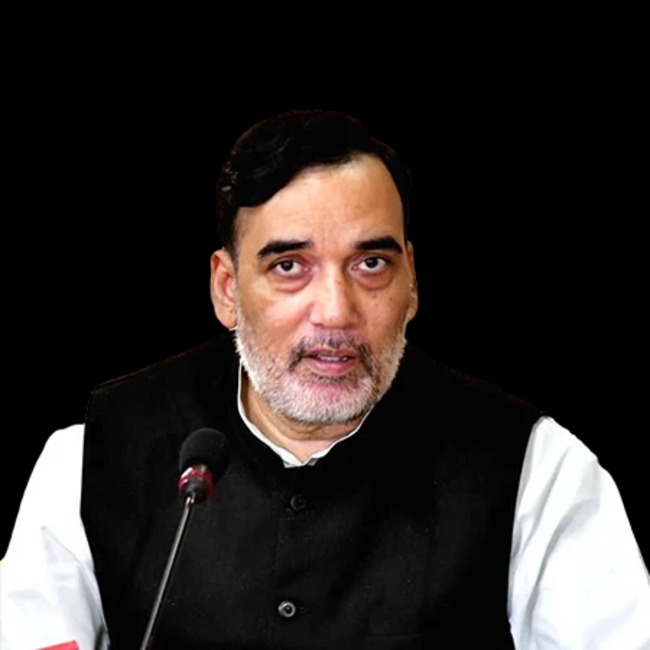

Virendra Sachdeva
Delhi BJP president
This victory is the result of the public’s trust in Prime Minister Narendra Modi. Arvind Kejriwal repeatedly claimed that he was staunchly honest and that the people of Delhi would retaliate against the BJP by voting for him because he was sent to jail. But the mandate clearly indicates that the public believes Kejriwal, and his associates, are corrupt. After a long gap of 27 years, the people of Delhi have given us the opportunity to build a developed Delhi, and we will live up to their expectations.
Gopal Rai
AAP’s state convener
We accept the decision of the people of Delhi with complete humility. Over the past 10 years, we made numerous efforts in education, healthcare, water, electricity, and other sectors to make people’s lives easier. Now we will play the role of a strong opposition in the assembly.
AAP’s workers worked very hard and fought an excellent election. We hope that the BJP will live up to public aspirations
Devender Yadav
Delhi Congress president
Anti-BJP Dalit and minority votes went to AAP instead of Congress. Perhaps we were unable to convince the public that the Congress could form a government. We secured 6.5% of the votes and will continue our fight for the rights of Dalits, minorities, the underprivileged, and the poor according to our ideology. The Congress did not reap the benefits of its hard work in the elections, but all our candidates fought well, and party workers put in great effort across all seats.
The BJP included promises for all sections and groups, including women, students, educated youth, farmers, senior citizens, priests, auto-rickshaw drivers, washermen, and Anganwadi workers. These promises focused on basic amenities such as agriculture, transport, pollution, employment, health, education, electricity, water, and waste management.
Additionally, the BJP promised various benefits and subsidies for specific population groups. The BJP knew that although AAP’s promises might not seem practical, such announcements often prove effective during elections. Therefore, the BJP countered AAP’s promises with even bigger commitments in its manifesto. The results prove that the people trusted the BJP and rejected AAP’s repeated claims that if the saffron party came to power, all free services would be discontinued. The BJP won nine out of 10 seats in the Western Delhi parliamentary constituency, eight each in North-West Delhi and East Delhi, seven in New Delhi, six in Chandni Chowk, and five each in South Delhi and North-East Delhi.
However, the real hero of this victory is believed to be the RSS, whose workers went door-to-door, engaged with the public, and scripted the BJP’s victory. The Sangh quietly ran a voter awareness campaign in the national capital, emphasising cleanliness, better drinking water supply, access to healthcare, freedom from air pollution, and cleaning of the Yamuna river. The RSS successfully convinced voters that only a BJP government could develop Delhi, and that comprehensive progress was impossible without cooperation from the Central government.
Ground-level RSS sources reveal that volunteers crafted a precise strategy to counter the claims about AAP’s Delhi governance model. They highlighted corruption and AAP’s failure to fulfil its promises over the past ten years. Discussions were also held on the issue of illegal infiltrators in Delhi. Election data was analysed, and strategists discovered that in the 2024 elections, over 50% of middle-class voters chose the BJP, while 32% voted for AAP. They focused on the 16% floating voters and identified 300,000 voters across 3,900 booths, making every effort to attract them. Party sources believe that 50% of these voters ultimately supported the BJP. An RSS source revealed that the Sangh and its affiliated organisations held over 61,000 meetings across Delhi’s 70 constituencies. The RSS began its campaign a couple of months before the elections. Small group meetings were also held in slums and unauthorised colonies, where AAP had strong support. The RSS collaborated with other organisations working in these areas and enlisted their support in the campaign. It was also emphasised that the RSS does not seek credit for governance but works behind the scenes for the progress of the country. This approach resonated with the people and played a crucial role in scripting the BJP’s victory. Sources indicate that the RSS’ grassroots outreach, exposing AAP’s failures and corruption, significantly benefited the BJP.
The Sangh meticulously crafted a strategy, reached out to the public, and highlighted the Kejriwal government’s shortcomings. Rather than engaging in accusations or counter accusations, it focused on local issues that directly affected the people, raising awareness and encouraging them to elect an effective and accountable government.
It is reported that after the BJP’s relatively poor performance in the 2024 Lok Sabha elections, the RSS launched similar campaigns in Haryana and Maharashtra.
Despite predictions of defeat in both states, the BJP managed to retain power. The RSS-affiliated organisation, the Muslim Rashtriya Manch, conducted a survey of Muslim voters in various assembly constituencies. Led by its national convener, the organisation raised issues relevant to Muslim voters and explained that the BJP is not anti-Muslim but committed to their holistic development. This approach helped the BJP win seats like Mustafabad, where Muslim votes play a decisive role. While conducting the survey, Muslim voters were asked questions like: Did the conditions in Muslim bastis (slums) improve in the past 10 years? Did the condition of their families improve in the past decade?
The Muslim Rashtriya Manch workers also campaigned on the waqf land issue among the Muslim voters. It was explained that the Waqf Board staked claims to land that rightfully belonged to the people.
Similarly, several frontal organisations affiliated to the RSS worked among various auto unions in Delhi, which had backed Kejriwal in the past three elections, and explained to them how the Central government’s schemes are beneficial for autorickshaw drivers. The BJP manifesto promised a large number of freebies: among them were populist announcements like providing cheap gas cylinders to poor women and giving Rs 2,500 to women every month, showing that not only AAP but the BJP also keeps the needy in consideration.
In this assembly election, the middle class was clearly upset with AAP and the BJP messaging was aimed at addressing those pain points. One example was the announcement of income tax exemption for earnings up to Rs 12 lakh and that of the formation of the Eighth Pay Commission just ahead of the elections. In the end, the combination of solid groundwork and announcement of populist measures helped the BJP break the Kejriwal wall in Delhi
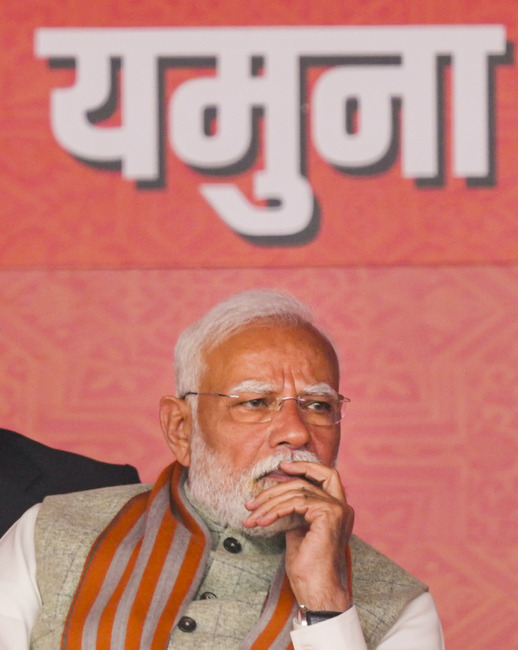
Once Modi highlighted the plight of the polluted Yamuna on the campaign trail, it became a strong emotive issue for Delhi voters, especially Purvanchali voters
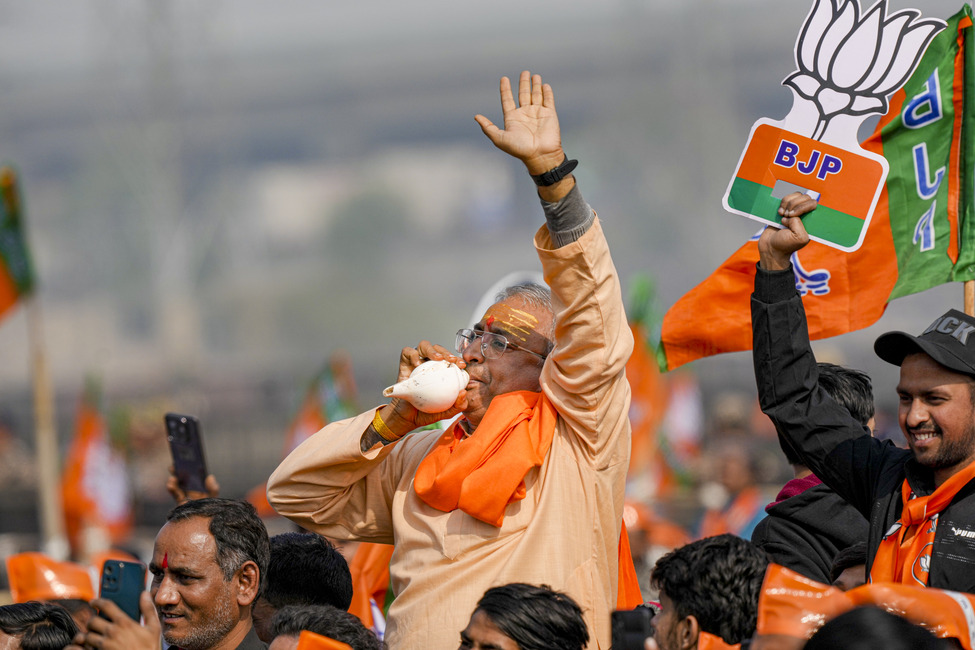
The RSS-affiliated organisation, the Muslim Rashtriya Manch, conducted a survey of Muslim voters in various assembly constituencies. Led by its national convener, the organisation raised issues relevant to Muslim voters and explained that the BJP is not anti-Muslim but committed to their holistic development. This approach helped the BJP win seats like Mustafabad, where Muslim votes play a decisive role
Compared to AAP, the BJP managed to galvanise its voter base with the help of an energetic campaign and a solid ground game
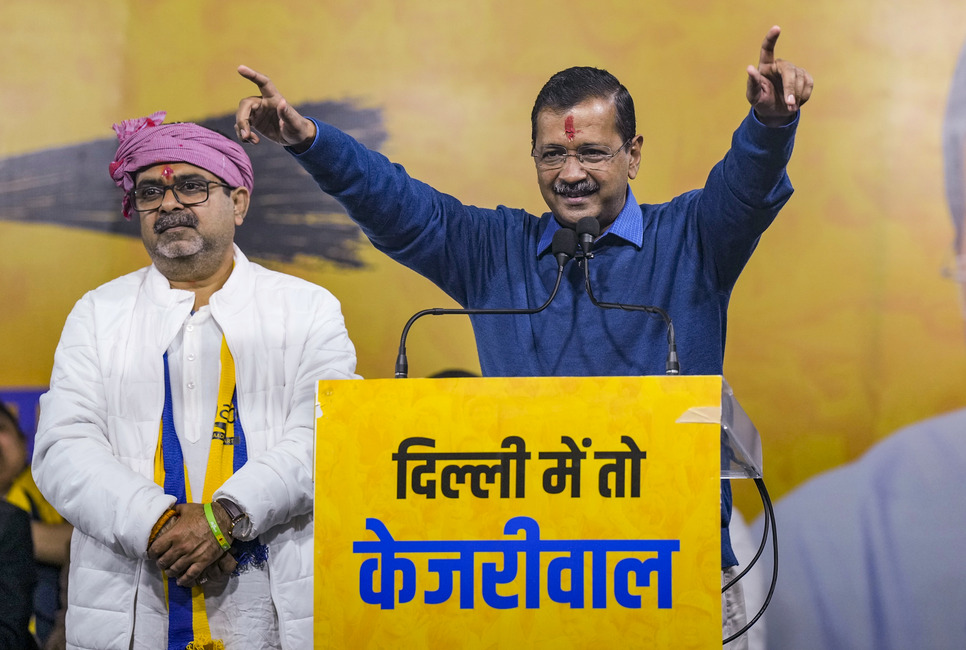
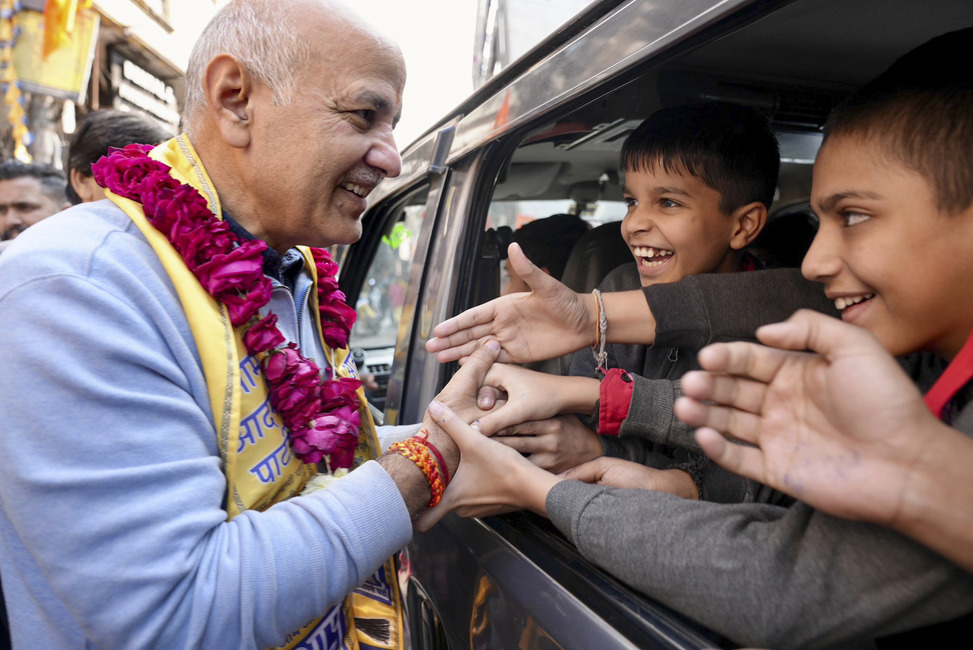
Kejriwal made the Delhi elections all about himself and tried to build a personality cult, instead of focusing on governance issues
The mood of voters turned so much against the AAP that even senior leaders like Manish Sisodia couldn’t save their seats




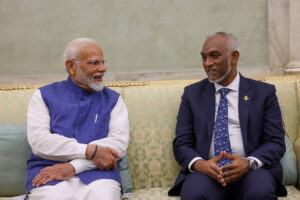
Add Comment